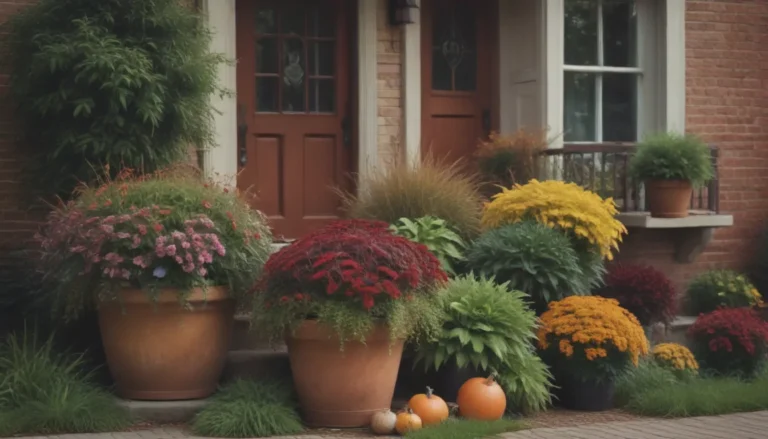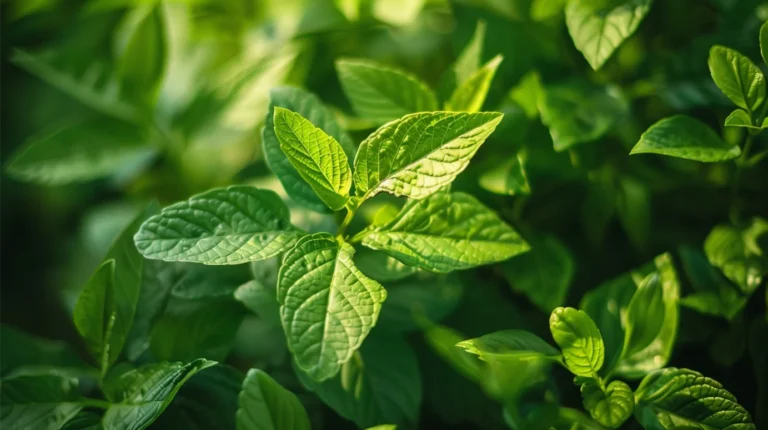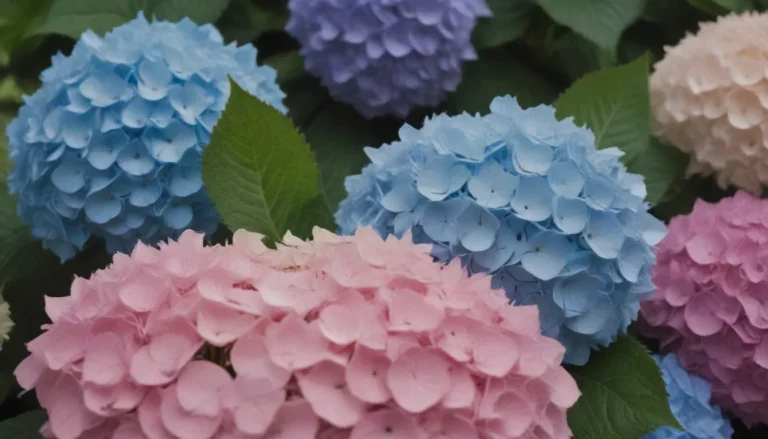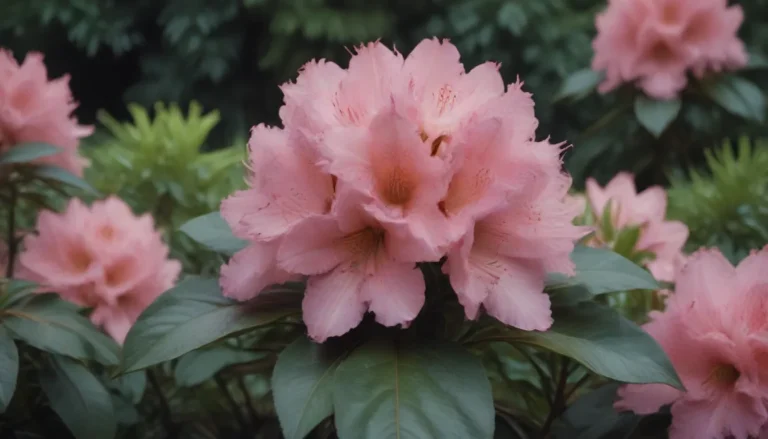How to Care for Your Peace Lily: 8 Reasons Why Its Leaves Turn Brown and How to Fix It
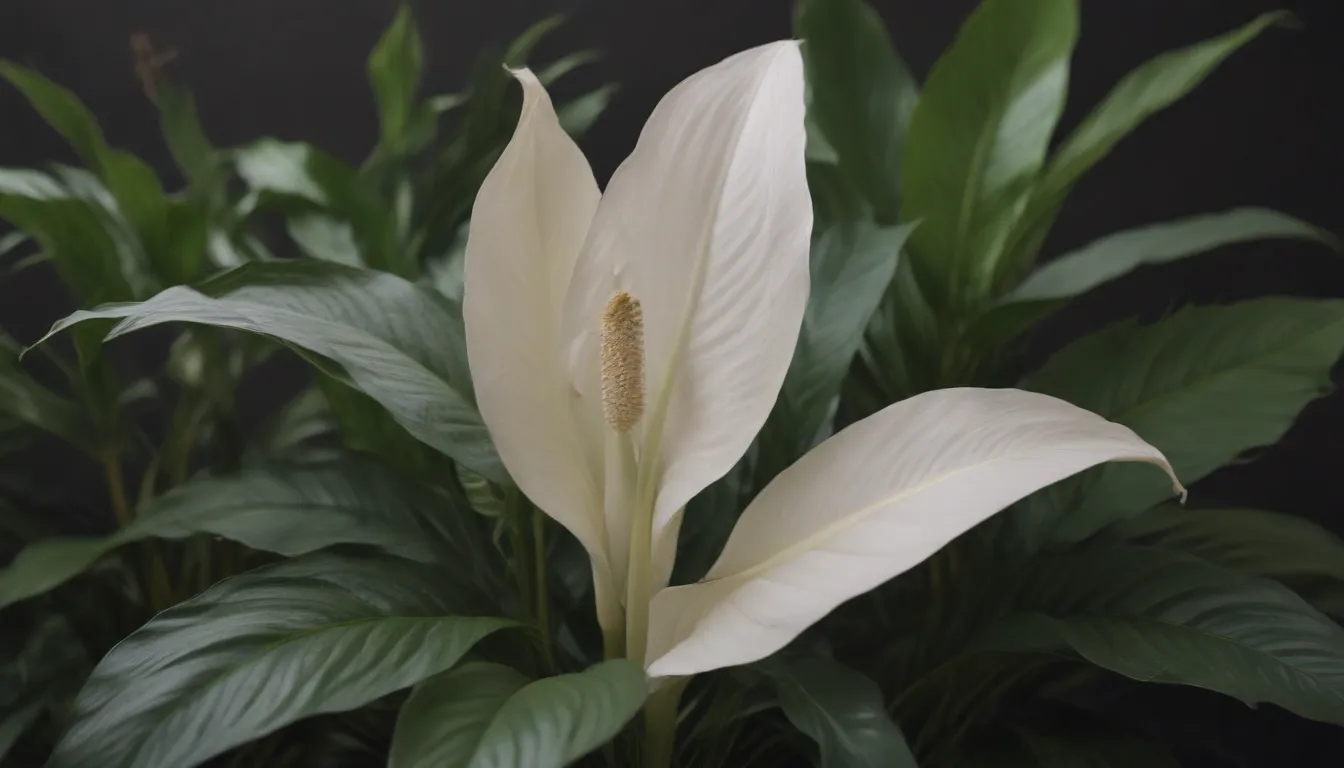
Peace lilies are a popular choice for indoor plants due to their low light requirements, striking green foliage, and elegant white flowers. However, if you’ve noticed your peace lily’s leaves turning brown, don’t worry—it’s a common issue that can be easily fixed with a bit of care and attention. In this comprehensive guide, we’ll explore the reasons behind brown leaves on peace lilies and provide you with practical solutions to keep your plant looking lush and healthy.
Common Reasons for Brown Leaves on Peace Lilies
-
Overwatering: One of the most common reasons for brown leaves on peace lilies is overwatering. When the soil is excessively moist, it can lead to root rot, which in turn causes the plant’s foliage to turn brown. Make sure to water your peace lily only when the top inch of soil is dry to the touch.
-
Underwatering: On the flip side, underwatering can also cause brown leaves on peace lilies. If you notice yellowing leaves or wilting foliage, it may be a sign that your plant is not getting enough water. Develop a watering schedule based on your plant’s specific needs and adjust as necessary.
-
Inadequate Drainage: Peace lilies prefer well-draining soil and can suffer if left in waterlogged conditions. Ensure that your plant is in a pot with sufficient drainage holes to prevent root rot and brown leaves.
-
Chemically-Treated Water: Peace lilies are sensitive to chemicals in tap water, which can cause brown, crispy leaf edges. To avoid this issue, let tap water sit out for a day or two before using it, or opt for distilled water or recycled water from a humidifier.
-
Temperature Extremes: Peace lilies thrive in temperatures between 65 and 75 degrees F and can be sensitive to fluctuations in temperature. Avoid exposing your plant to cold drafts or extreme heat to prevent brown leaves.
-
Lack of Humidity: Peace lilies naturally grow in humid environments, so they may suffer in dry indoor conditions. Increase humidity by misting the leaves, grouping plants together, or using a pebble tray or humidifier.
-
Improper Fertilization: Too much or too little fertilizer can cause brown, damaged foliage on peace lilies. Use a balanced fertilizer diluted to half strength and feed your plant every six weeks during the growing season.
-
Incorrect Light: Peace lilies thrive in dappled light and can be damaged by too much direct sunlight. Ensure your plant is placed in a location with bright, indirect light to prevent brown leaves.
How to Fix Brown Leaves on Peace Lilies
Cutting Brown Leaves
If your peace lily’s leaves have turned brown, you may be wondering whether you should trim them. Here are some tips for cutting brown leaves on peace lilies:
- Remove brown tips: Use sharp scissors to trim brown tips at an angle to maintain the natural shape of the leaf.
- Remove completely brown edges: For leaves with completely brown edges, it’s best to remove the entire leaf to prevent an uneven appearance.
- Prune strategically: Avoid cutting off too many healthy leaves and aim to remove no more than one-third of the plant at a time.
Watering Tips for Peace Lilies
Proper watering is crucial for keeping your peace lily healthy and vibrant. Here are some tips for watering your peace lily:
- Check soil moisture: Test the top inch of soil with your finger to determine if your plant needs water.
- Establish a watering schedule: Water your peace lily once a week during the growing season, adjusting as needed based on light exposure and humidity levels.
- Avoid overwatering: Ensure that excess water can drain away to prevent root rot.
By following these tips and addressing the common issues that can cause brown leaves on peace lilies, you can help your plant thrive and maintain its lush appearance. With a little care and attention, your peace lily will continue to brighten up your home with its beautiful foliage and flowers.


